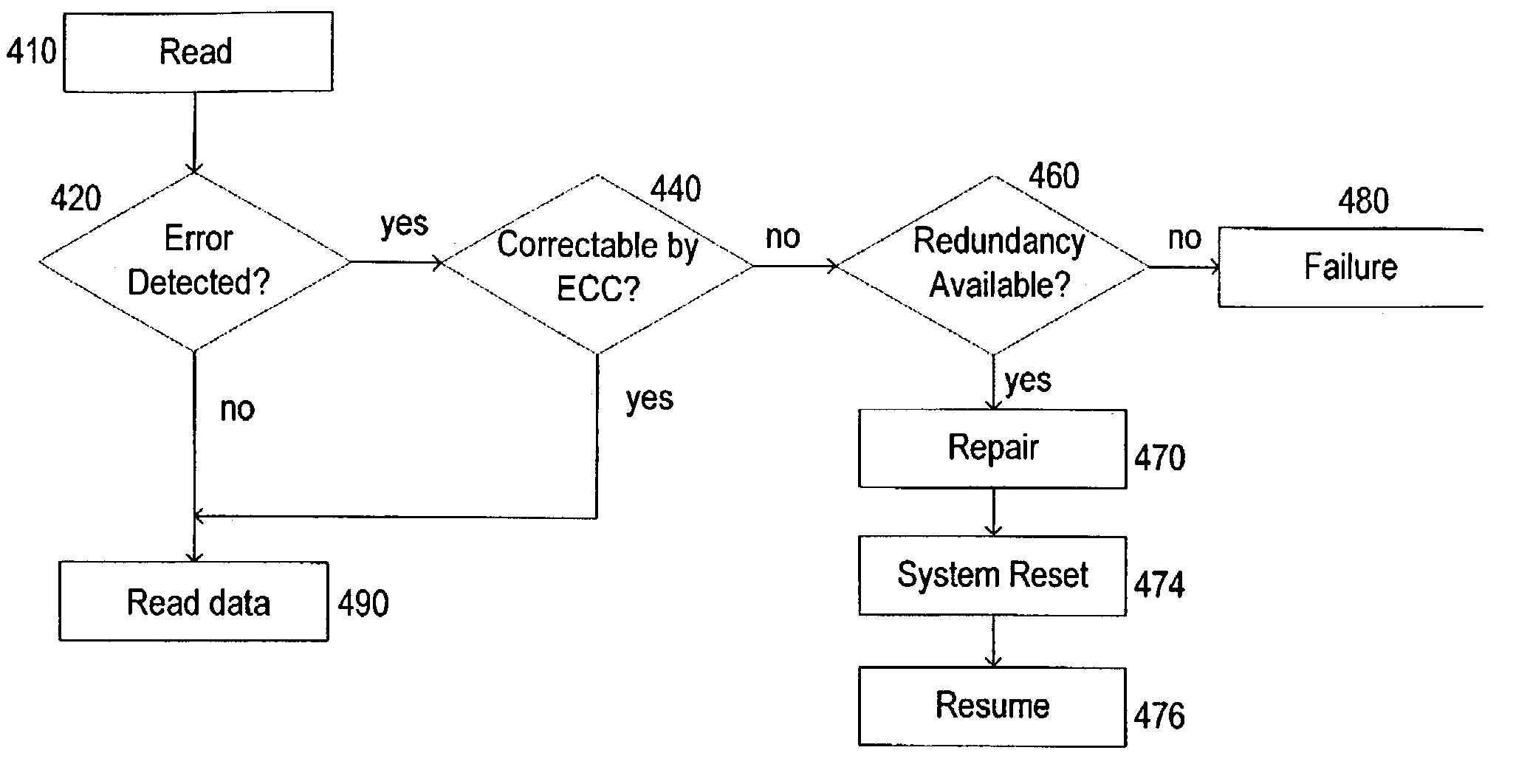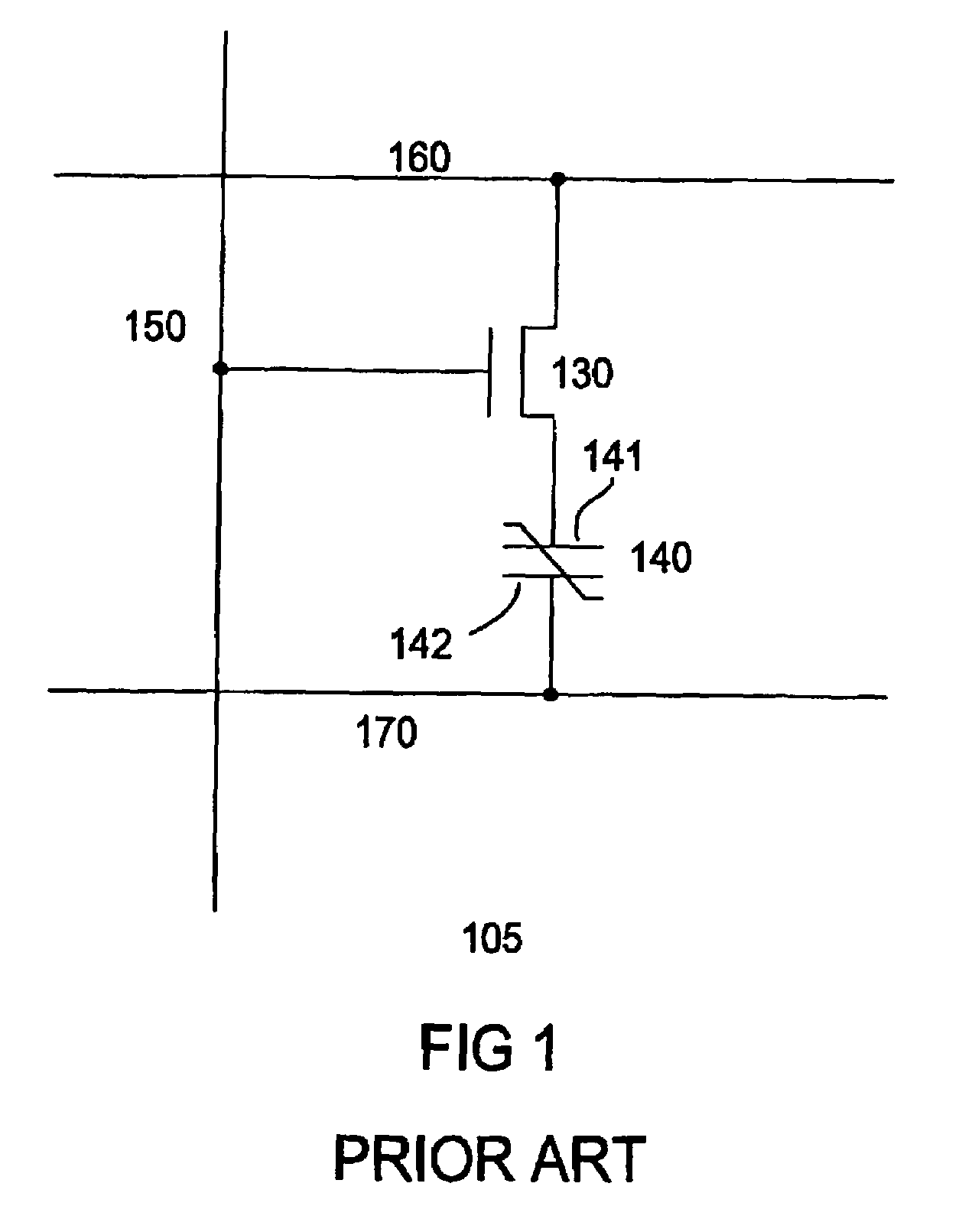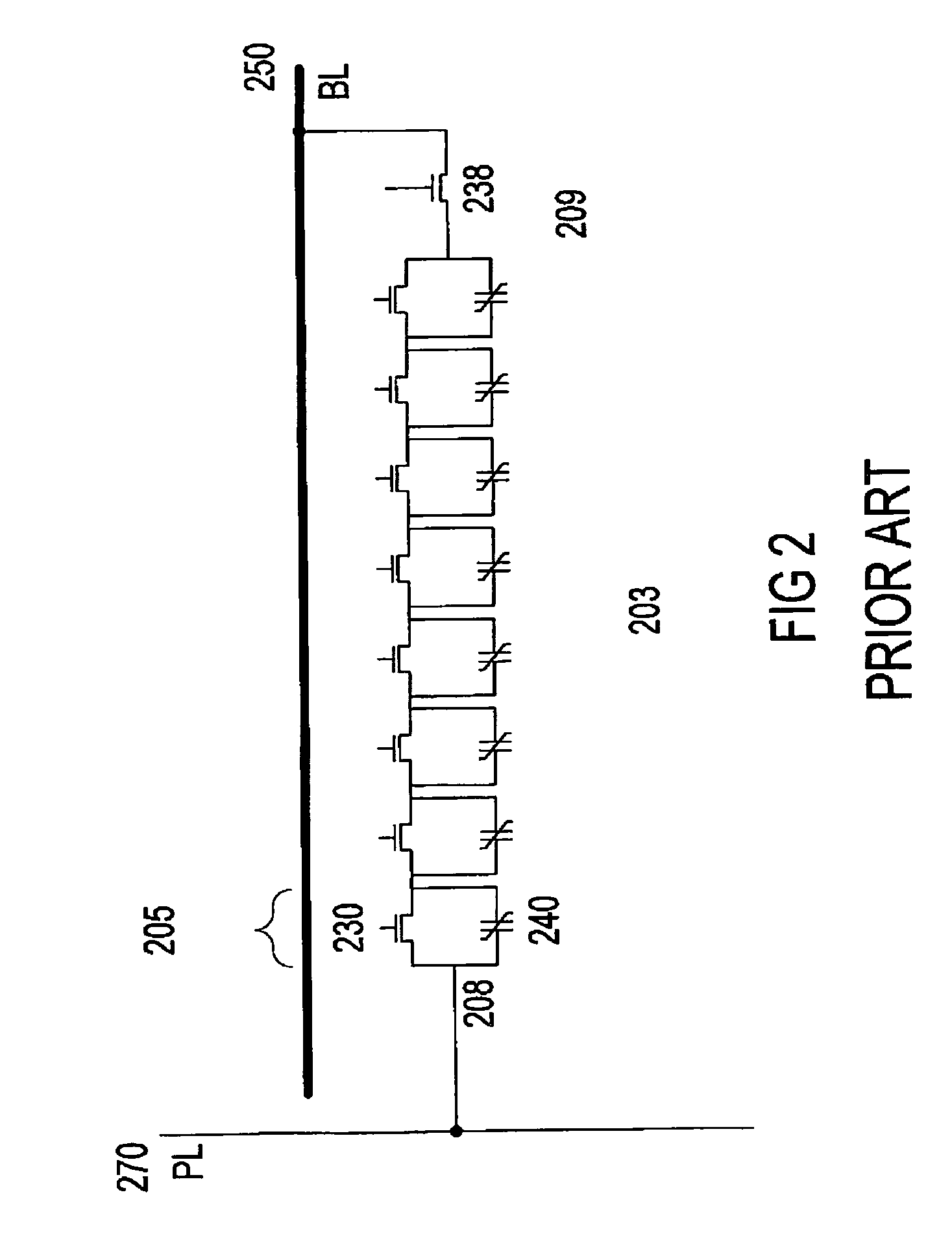Reducing memory failures in integrated circuits
a technology of integrated circuits and memory failures, applied in the field of reducing memory failures in integrated circuits, can solve problems such as system failure, error, and erroneous 1 bit of data words, and achieve the effects of improving reliability, improving reliability, and improving memory reliability
- Summary
- Abstract
- Description
- Claims
- Application Information
AI Technical Summary
Benefits of technology
Problems solved by technology
Method used
Image
Examples
Embodiment Construction
[0011]The invention relates to reducing memory failures. The invention can be applicable to, for example, various types of processing systems. A system can include, for example, a processor which accesses one or more memory ICs. Alternatively, the processor and the memory array can be integrated into a single IC, such as a system on a chip (SOC). one embodiment, the memory array can include volatile or non-volatile memory cells.
[0012]In one embodiment, the memory array comprises non-volatile memory cells. Other types of memory cells are also useful. Preferably, the nonvolatile memory cells are ferroelectric memory cells, such as those described in FIG. 1. The memory cells can be arranged in a folded or open bitline architecture. Other types of memory architectures, such as series architectures, are also useful. Series architectures are described in, for example, US patent titled “Semiconductor Memory Device and Various Systems Mounting Them”, U.S. Pat. No. 5,903,492, filed on Jun. 1...
PUM
 Login to View More
Login to View More Abstract
Description
Claims
Application Information
 Login to View More
Login to View More - R&D
- Intellectual Property
- Life Sciences
- Materials
- Tech Scout
- Unparalleled Data Quality
- Higher Quality Content
- 60% Fewer Hallucinations
Browse by: Latest US Patents, China's latest patents, Technical Efficacy Thesaurus, Application Domain, Technology Topic, Popular Technical Reports.
© 2025 PatSnap. All rights reserved.Legal|Privacy policy|Modern Slavery Act Transparency Statement|Sitemap|About US| Contact US: help@patsnap.com



